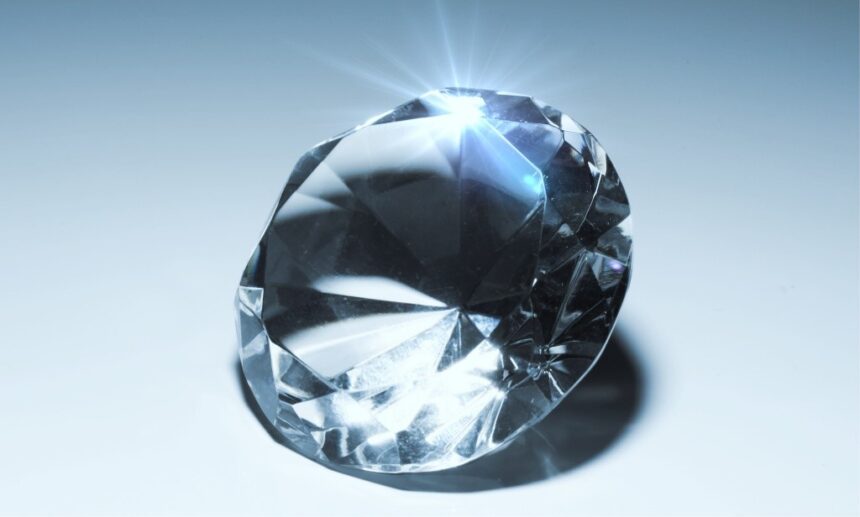Because most raw gemstones have a rough surface, it takes a variety of techniques and the use of various engraving tool to bring the delicate and refined gemstones to life. Cutting, grinding and polishing are some of the most important processes involved in working with gemstones. The specific techniques required depend on the original properties of the stone. Basically, these steps result in a finished gemstone with or without facets. However, it is inevitable that some of the original stone will be lost in the process. In order to minimise this loss and retain more carat weight of the finished gemstone, the gemmologist will carefully observe the shape of the stone before starting the operation. There are many factors that affect the cut of a gemstone, such as the type of gemstone cut chosen, the inclusions of the gemstone, the craftsmanship of the craftsman, and the original shape characteristics of the gemstone. …… Today, let’s explore some of the issues surrounding gemstone cut.
I. The Difference Between Gemstone Shape and Cut
People often confuse the two concepts of gemstone cut and shape, and this is not the reason why they don’t take the initiative to understand them. It is mainly because many people, including those in the industry, often use these two terms interchangeably. In reality, there is a fundamental difference between the two terms; the cut of a gemstone refers to the way the facets of the stone are arranged, while the shape refers to the outline of the stone as viewed from above. Appropriate cutting and shaping maximises the appearance of a gemstone’s inner world.
II. Popular Gemstone Cuts and Shapes
1. Round brilliant
The main characteristic of the round brilliant cut and shape is that it has 57 facets, or 58 facets if facets at the base are counted. The advantage of this cut is that it captures the light perfectly inside the stone and reflects it back to the eye of the beholder. This method was developed and used as early as the beginning of the 20th century.
2. Emerald
The emerald cut, also known as the conical step cut, is named after the emerald because it is very suitable for the shape of natural gemstones, as it retains more of the weight of the stone and reveals the internal structure of the gemstone better, especially in the case of beryls. The emerald cut is shaped as a rectangle with tapered corners. This novelty cut is characteristic of classic jewellery design.

3. Diamond
Diamond-type cut is divided into eight hearts and eight arrows, nine hearts and one flower, ten hearts and ten arrows and other types, the most common is the eight hearts and eight arrows, the name comes from the fact that from the top to the bottom of the facets of the finished product produced by this process is eight symmetrical arrows of the same size, while from the bottom to the top you can see eight full and symmetrical hearts. However, it is difficult to observe with the naked eye, and a stereo microscope with a display screen is needed to check the quality of this process.
4. Princess Square
The Princess Square is a cutting style that has been developed in recent years. It has been developed to meet some of the challenges that have arisen in modern jewellery making. The purpose of the Princess cut, such as the Brilliant Square, which is best suited to round stones, is to capture and reflect the light to achieve the brightest possible appearance for the product. It is very easy to recognise the Princess Square, whose silhouette resembles an inverted pyramid.
5. Triangle
Introduced to China at the beginning of the 20th century, the triangle cut is a new and successful attempt at diamond cutting. It is mainly an improvement of the classic brilliant cut to be more suitable for triangular stones. It can be said that the triangle cut is a further variation of the brilliant cut, so the triangle cut shows more fire. In the field of gemstones. When we talk about ‘trilliant’ and ‘trillion’, we are basically talking about triangular cut gemstones. Regardless of the facets of a trilliant cut gemstone, the sides are usually straight. In coloured gemstones, it is common to see triangular cut diamonds with straight sides.
6. Teardrop
This is one of the oldest cuts in the world and it is mainly used in oval or pear shaped stones. Gemstones cut this way have diamond and baguette facets all over the body. Wearers of this type of gemstone give off an air of sophistication, nobility and elegance, which is why celebrities love to wear jewellery with teardrop shaped gemstones, such as earrings, rings, bracelets, and so on.

7. Heart
Whenever you see a heart-shaped gemstone, people will inevitably think of love. Heart shaped gemstones are the symbol of love and intimacy between lovers. The symmetry of a heart-shaped gemstone is crucial and determines how valuable it is. Heart facets add brilliance to the gemstone and very few people set it in engagement rings, most people choose to give it as a jewellery gift to their loved ones on special holidays.
8. Curved facets
The faceted cut has been popular since ancient China, with artisans using it mainly for oval-shaped stones with a strong visual impact. Instead of having multiple facets and being cut in the traditional sense, a faceted gemstone is polished and shaped into a dome, giving the finished product the appearance of a moonstone or cat’s eye. The purpose of the faceted cut is to highlight special optical phenomena such as the starburst effect found in certain gemstones.




